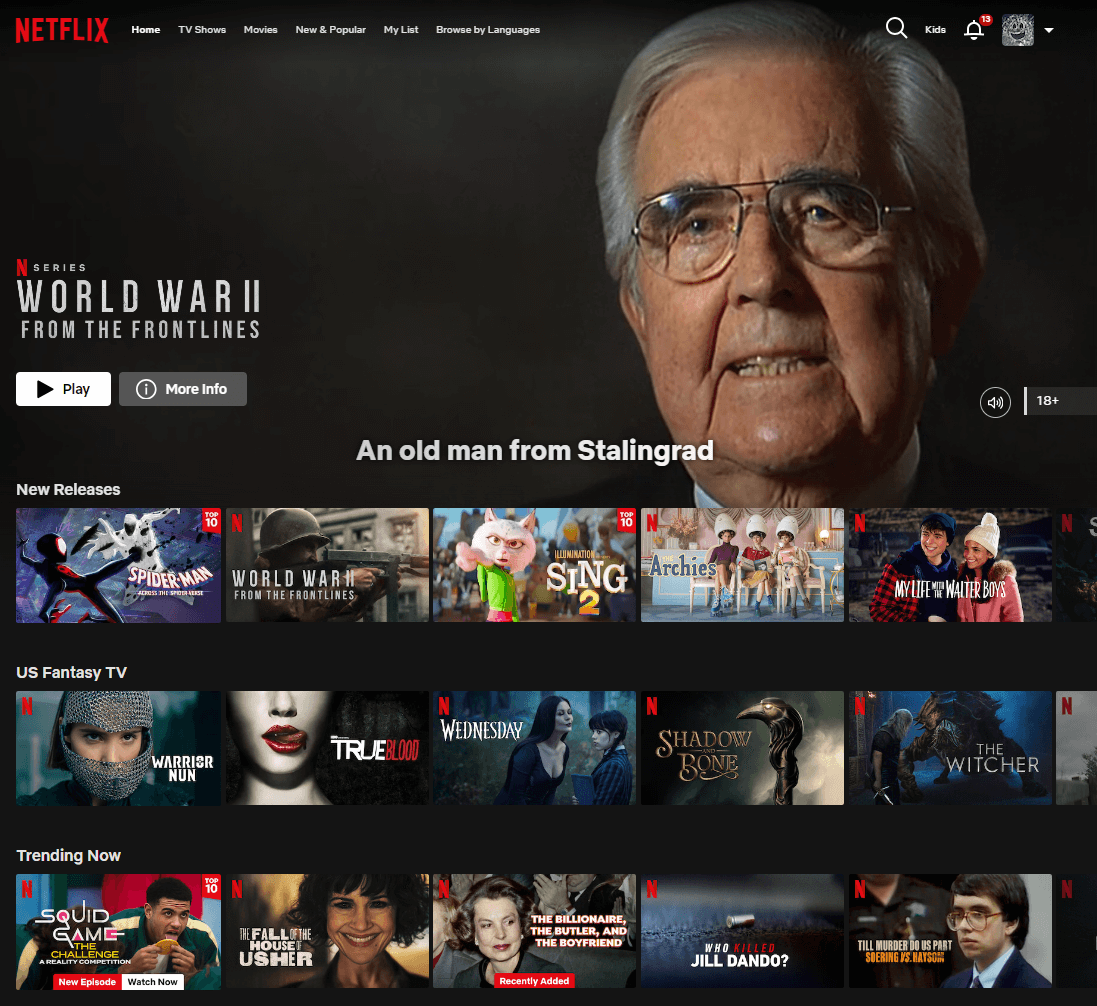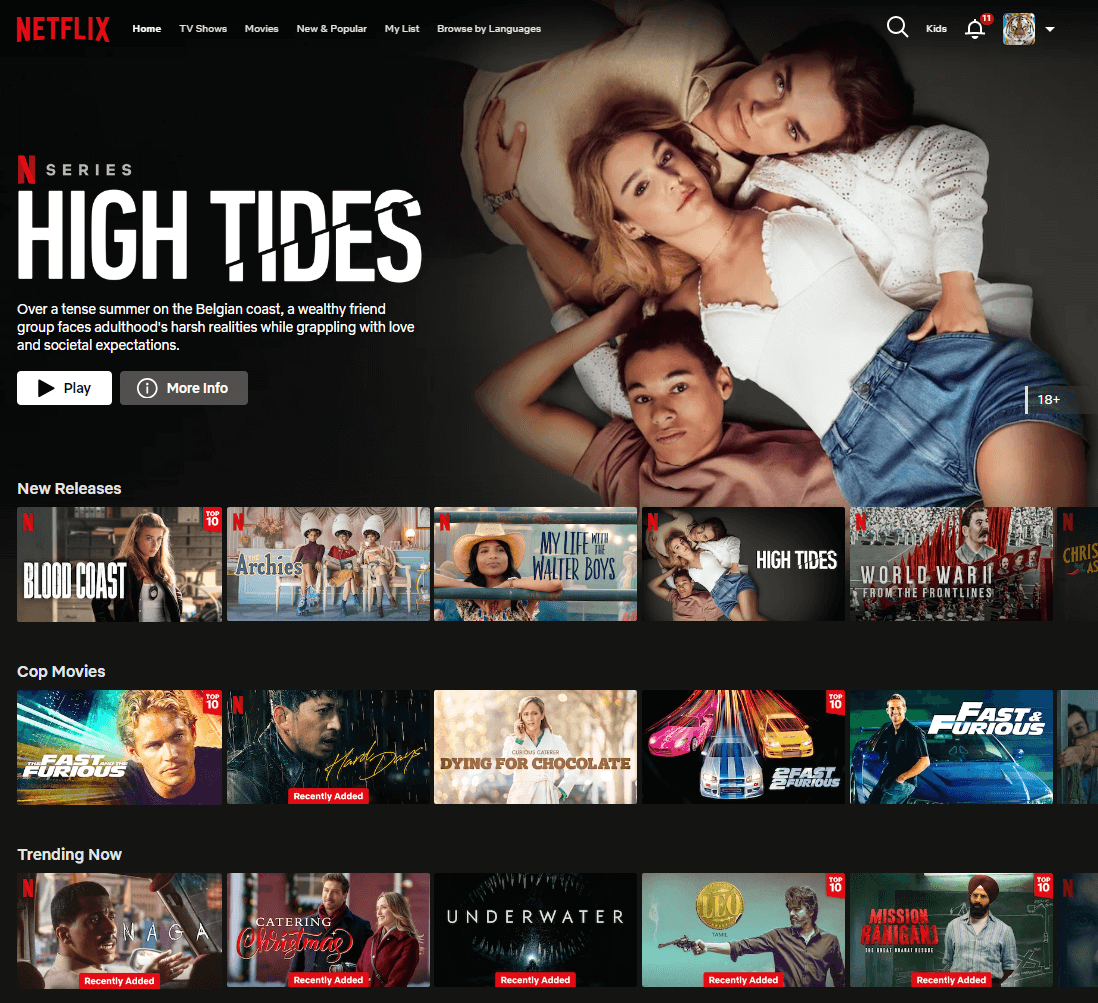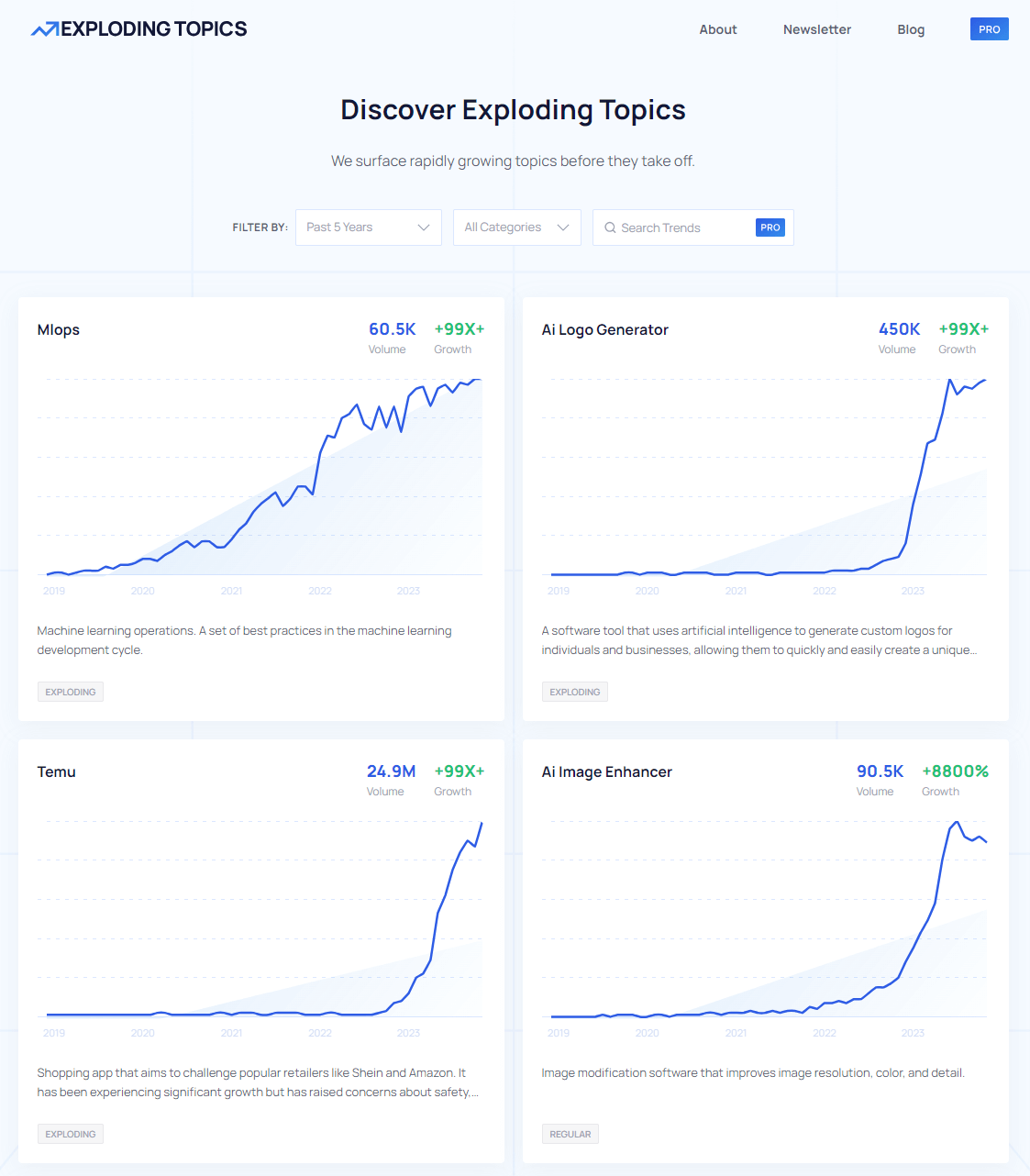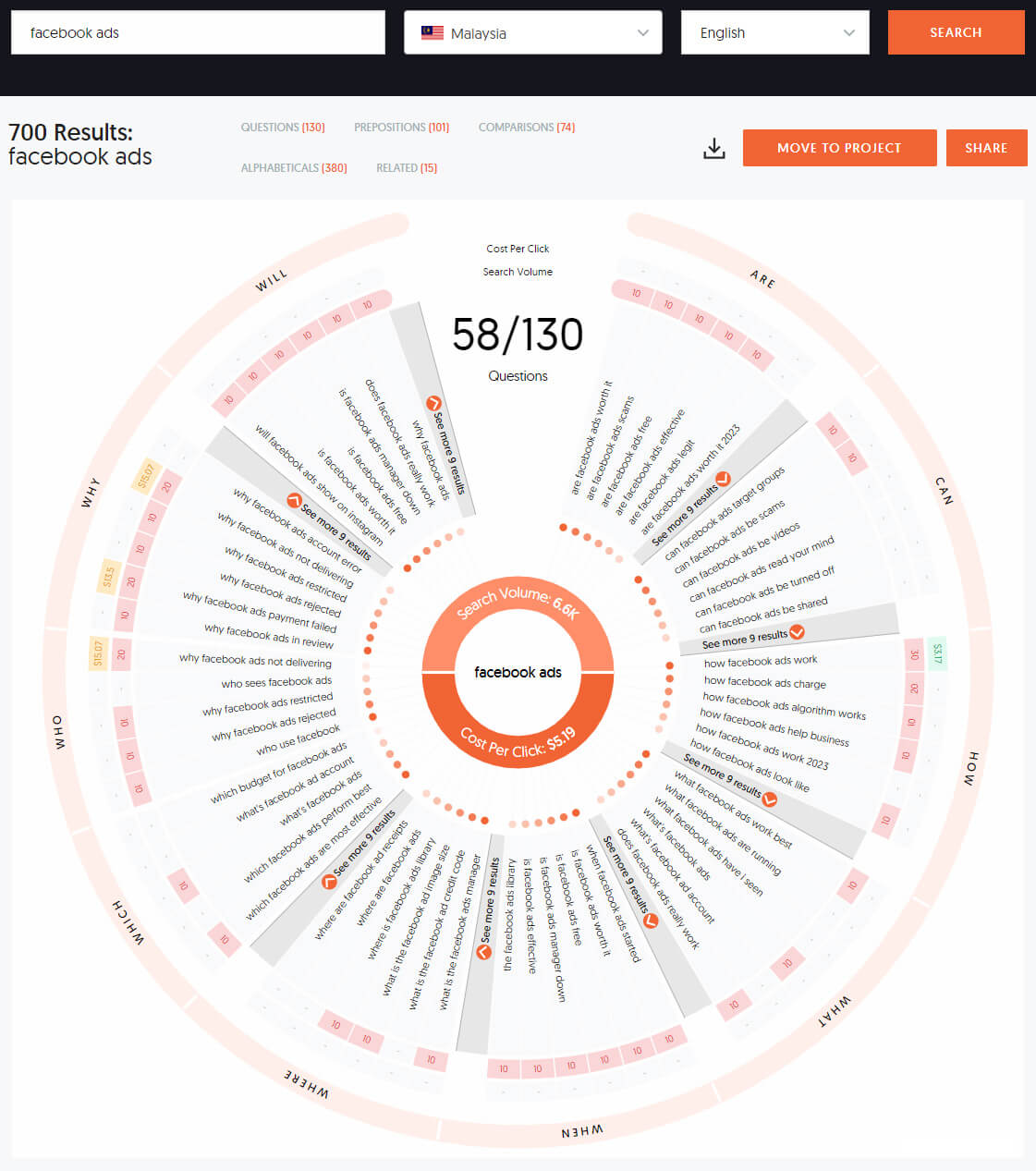The Birth of AI in the Digital Era
Artificial Intelligence (or AI) is a computer system that has the capacity to perform near-human-like tasks such as creating reasoning, expressing concepts and solving problems.
AI branches out into different types with different techniques, functionalities and applications. Below are the main areas where AI serves the most in our digital era:
Expert systems
Expert systems are like computer programs that try to think and make decisions like human experts. They were designed to be really good at figuring things out. We use these programs in different areas, like helping doctors diagnose illnesses, planning finances, and providing assistance in customer service.
Natural language processing (NLP)
Natural language processing is like teaching computers to understand and work with human language. We use techniques to help computers grasp what people are saying or writing. This is super useful in applications like translating languages, recognising spoken words, and analysing written text.
Machine learning (ML)
Machine learning is like teaching computers to learn from examples. We create special sets of instructions called algorithms that allow computers to improve their performance by learning from data. This technology is handy for making computers recognise pictures, filter out spam emails, and understand human language.
Robotics
Robotics is a branch of engineering that focuses on creating, building, and making robots work. Robots are like automated helpers that can do things on their own. They are used in different industries, such as making stuff in factories, helping out in healthcare, and even handling tasks in transportation.
Deep learning
Deep learning is a type of machine learning that uses artificial neural networks to understand and learn from data. Imagine it as a computer brain with layers of connections trying to figure things out. This technology is excellent at solving problems, like understanding human language and recognising images and spoken words.
Without realising it, AI has been integrated into digital marketing efforts since the dawn of time, but it is frequently mentioned like BERT or ChatGPT, where the second people see it, they will go, “That is AI.”
Simple tasks like creating a pivot table from charts or mining data from analytical tools also utilise AI and greatly contribute to digital marketers. Let’s look at how digital marketers leverage AI into their work process.
Integrate AI in Digital Marketing
Understand customers' behaviour and build a persona
For a digital marketer, understanding who you are selling to can determine the success and failure of your campaign. If you cater your messaging to the wrong audience, it will cost you revenue, resources and pretty much precious time.
Audience mapping allows you to build a cohesive profile of your audience. By constructing a comprehensive and cohesive target audience profile, digital marketers can tailor their messaging with pinpoint accuracy.
Tools like Hootsuite and SEMrush use machine learning algorithms to understand who your customers are through demographic data and how they interact with your brand through scrolling activities within your website, engagement on social media posts or search activities on any search engine out there.
Predictive analysis
Predictive analysis stands out as a powerful ally in any digital marketing campaign. By analysing historical data and discerning patterns, predictive analytics allows digital marketers the ability to ‘see’ future trends and consumer behaviour.
This foresight is invaluable. It enables proactive adjustments to marketing strategies and ensures that campaigns remain aligned with audience preferences. It could help you anticipate unexpected outcomes, such as socioeconomic changes or even seasonal changes that could alter the course of your digital strategies.
In essence, predictive analysis transforms marketing from a reactive to a proactive pursuit, fostering adaptability in the ever-evolving digital landscape.
Productivity and cost-effectiveness
Leveraging AI capabilities like market research/listening, customer profiling, data mining, and many more have been proven to boost work productivity for any company.
Digital marketers can generally skip the manual labour of spending countless hours jumping from one tab to another and calculating this foresight individually.
With the help of automation from AI, a lot can get done that leaves plenty of space for digital marketers to focus on creativity and marketing strategies. This also extends to the financial exercise of things.
The cost of maintaining such applications or platforms to generate the data types mentioned earlier is pretty reserve compared to the amount used on blind trial and error for actual campaigns.
When running campaigns, the cost to maintain will elevate very fast if we do not have insights into what and why we are taking such marketing actions.
Suppose you are boosting a social media post without targeting an audience with similar interests or experiencing specific pain points relevant to your business solutions. In that case, you will lose a great deal of money when the output is in the bare minimum.
Content creation
Content creation, a pivotal aspect of any digital marketing initiative, benefits immensely from the nuanced use of AI. AI-generated content is a touchy subject in the field because we have seen AI being unethically used to perform ‘content heists’ from other brands.
We are highlighting here the opportunity these AI-assistance tools provide when it comes to producing content for digital marketers or business owners starting out.
Individual business owners might need more resources or the ability to mass produce content; thus, with the help of AI and human supervision to ensure it is aligned with business morals, branding and authenticity, they can reach new audiences better.
It also helps craft content that resonates with the specific interests, pain points, and aspirations of the target demographic, giving you the upper hand to polish your initial messaging.
Think of it as training wheels, where you use it as a form of assistance rather than total reliance by disregarding human input.
Targeting and optimisation
In the grand tapestry of digital marketing, targeting and optimisation serve as the final strokes. Armed with a detailed audience profile and empowered by predictive analysis, digital marketers can fine-tune their campaigns for maximum impact.
Paid ad platforms like Facebook Ads, LinkedIn Campaigns, and Google Ads provide ‘tweaking’ areas within their platform to help digital marketers optimise their ads appropriately. The insights given by their AI-operated system open better opportunities for your campaigns to achieve the expected results.
From selecting the most relevant channels to refining messaging for different segments, targeted optimisation ensures that marketing efforts are not just broadcasted but strategically delivered, maximising the resonance with the intended audience.
AI in Digital Marketing Nurtures Customer Satisfaction and Growth
AI-driven systems, equipped with natural language processing and machine learning capabilities, facilitate seamless interactions by understanding and responding to customer queries in a human-like manner, creating a positive user experience.
This enhancement in communication not only streamlines the customer journey but also fosters a sense of convenience and satisfaction as users engage with intuitive and responsive interfaces.
Customer satisfaction, a cornerstone of any successful business, experiences a substantial boost with integrating AI into customer service operations. The ability of AI systems to provide personalised and contextually relevant assistance leads to a more tailored customer experience.
Whether through intelligent chatbots, recommendation engines, or predictive analytics, AI ensures that customers receive information and support that aligns precisely with their needs, preferences, and past interactions. This tailored approach satisfies immediate requirements and builds a foundation for long-term customer loyalty.
Brands Embracing AI in Their Business Operations
Netflix
Netflix is a prime example of using AI to personalise their content according to their customer’s user behavior on their platform. The not only pick and choose to display the list of movie recommendations based on the previous shows you have watched, but it can detailed down to the specific artwork they would use to generate interest on the movie.
Below are an example of two different layouts under the same account but different profiles. You can see the different recommendations being shown especially in New Releases and Trending Now category. Even though these categories generally have the same collection of shows, but the way it is presenting for each account is align with their historical data instead.
Exploding Topics and Answer the Public
Exploding Topics and Answer the Public are two different websites using AI for the same purposes. They use a combination of deep learning, natural language processing and machine learning to provide a predictive analysis on trending topics across the Internet.
This is a highly useful tool for digtial marketers to find demands, either in the form of content ideas, market targeting or product research.
Exploding Topics allow users to find historical data from three months to 15 years time – giving an insight to identifying seasonal trends or anomalies that are worth noting.
Answer the Public gives current data not only about the main topic but also the intent surrounding the topic such as is it a question or a comparison statement. Understanding the intent behind the topic could provide digital marketers accurate direction to what kind of messaging they want to get across.
Final Takeaways
AI is continuing to produce greater results as time goes by and although there are concerns surrounding it, we cannot deny the powerful change it brings to how business operates – for better or for worse. The best digital marketers or business owners can do is have a clear governance over its use.










